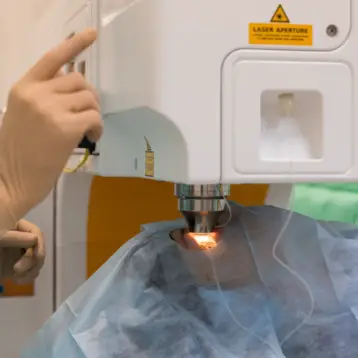Parkinson’s disease (PD) is a degenerative neurological disorder that occurs when nerve cells (neurons) in an area of the brain that controls muscle movement die or become impaired. Currently, the exact reason for the brain cells’ death is unknown.
Normally, these neurons (called dopaminergic neurons) produce an important chemical known as dopamine, which helps coordinate our movements. In the absence of dopamine, patients suffer from symptoms, such as muscle rigidity and loss of balance.
Over the last few years, vast research has been conducted in the field of PD in order to find a possible cure to the disease. One of the approaches being tested for the treatment of PD is transplanting normal, dopamine producing neurons into the patient’s brain, so that they will compensate for the inactivity of the damaged cells. However, the lack of available neurons for transplantation and the growing use of stem cells, led researchers to investigate the possible use of artificial neuron cells, generated from stem cells, as a possible source for the transplant.
In a research study conducted at MIT, Dr. Marius Wering and his colleagues relied on a discovery made last year by US and Japanese researchers who managed to induce stem cells from human skin cells. The artificial stem cells have the same characteristics as embryonic stem cells and can thus create almost any cell in the body.
Wering and his team successfully derived nerve cells from the artificial stem cells. They then transplanted these reprogrammed cells into rats suffering from Parkinson’s disease. Eight weeks after the transplant took place, the scientists observed that almost all the rats that had undergone the neuron transplant showed significantly improved movement abilities. The transplanted neurons produced dopamine and formed new connections in the rats’ brains, compensating for the damage caused by the impaired cells.
|
The MIT team is optimistic that neuron transplant could be applied to humans suffering from PD. However, they also stated that before this can be realized, there are some major challenges that must be overcome, mainly due to the possibility of transplant rejection and tumor development.
A different approach to the treatment of Parkinson’s disease, which also involves stem cells, was recently reported. In a study led by Professor Ernest Arenas at the Karolinska Institute, in collaboration with Dr Anita Hall from the Imperial College in London, the scientists identified ‘mother cells’, which produce the neurons affected by Parkinson’s disease.
The international research team used mouse models in the laboratory in order to examine the early stages of brain formation. They identified the stem cells source in the embryo that forms the dopaminergic neurons. The scientists hope this discovery will lead to the development of new therapies, using these mother cells to grow replacement neurons. These cells could then be transplanted into the brain to replace the damaged neurons.
Although the findings of both research projects give hope to PD patients, the scientists emphasize the fact that more research is necessary before these techniques can be implemented on human patients.
TFOT recently reported that normal neurons grafted into the brain of a patient with Parkinson’s disease developed the pathology of the disease, questioning this approach. TFOT also published an article about induced stem-cells used for gene therapy, serving as yet another example of the use of stem cells in healing damaged tissues.











